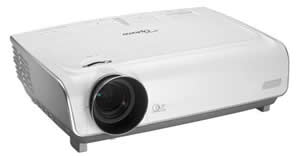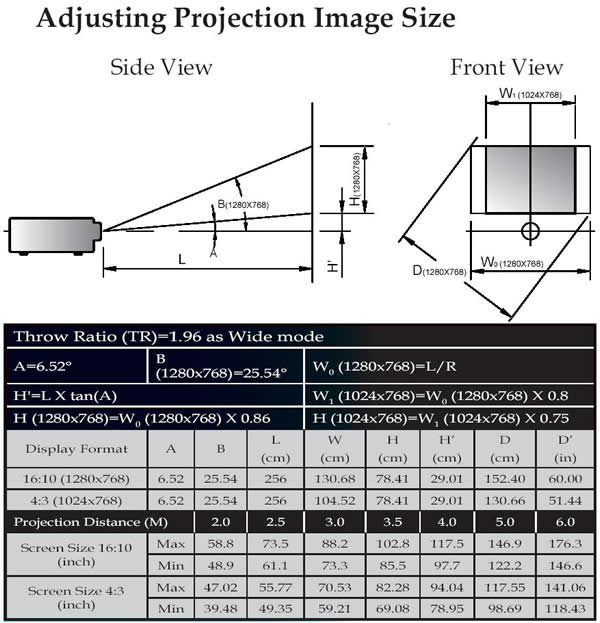|
|||||||||
|
Introduction With the onset of high-definitions content and the availability of cheap big screen images, more and more people are building home theater "like" rooms in their homes. These rooms are not like the ones that many of the reviewers that write for publications such as Secrets' have. In the purest form, a home theater would have windows covered with opaque material, walls and ceiling painted close to flat black and enough sound damping that you could hear the blood running though your ears. Most of the writers who review projectors have screen material and video processors that cost more than many people would dream of spending on just a projector. This group of home theater enthusiasts is an important part of the industry because they drive the manufactures to build better products at reasonable costs. The more typical home theater owner does almost none of this. They purchase a budget projector, place a white sheet on the wall, turn off the lights and are as happy as can be with the picture. They typically never adjust a single setting beyond what the projector comes with out of the box. They connect the equipment they have using the cables they already own. Often, the room is also used as a family room or even a living room. It is rare that the average person has a dedicated room for their theater. After starting out with a basic home theater, many users do start to think about upgrading to achieve a better image. They buy a projector with a little higher resolution or better specs, they move from their sheet on the wall screen to some special white paint or a $500 screen, and maybe they enhance the window coverings beyond the original curtains their wife bought to match the carpet. But it is a rare case, especially in homes which the home theater has to share some other function, that the owner can paint the walls and ceiling black and purchase $10,000+ worth of projector, screen and accessories. It is to this large group of people that Optoma markets the HD7x series projectors. The HD7X series are projectors that provide a lot of value for the money and are bright enough to be used in a room without complete light control, but can produce a substantially better image that the new craze of home-theater- in-a-box solutions that come with a sound system projector and screen all in one package (note: Optoma also offers the projectors in a package deal). Optoma
HD73 Most home theater enthusiasts will tell you those numbers don't apply once the unit is properly set up and calibrated. What is important is the HD73 does have good contrast (better than the HD72 and a lot of the competition) and is plenty bright enough to be used in a room without perfect light control. The lamp life is 3000 hours which is more than five movies a week for five years. Usability This unit has no optical lens shift, making proper placement of the projector critical. Optoma has included both vertical and horizontal keystone adjustments in the menu system, but these are digital adjustments and will degrade the image (as does the keystone adjustment on all modern projectors). There is an option for vertical image shift which will move the native 16:9 image up or down on the the panel a bit, since the native 16:10 panel has a few pixels to spare, but this is almost never enough shift to correct for improper placement. The HD73 has a wide angle zoom lens with a ratio of 1.58 - 1.90:1, meaning that with a 100" wide screen the projector can be placed 158" - 190" away. The lens has an offset of 6.5 degrees so using the same 100" screen with the projector mounted 158" away would necessitate putting the center of the lens 18" above or below the screen. I have included an Optoma placement chart which does a fairly good job of allowing you to calculate this. Optoma also has a web-based calculator on their website.
|
|||||||||


 HD73 is the top unit in the series
and has a contrast numbers to 6000:1 (using ImageAI, 4500:1 Full On/Off) and
brightness of 1100 lumens.
HD73 is the top unit in the series
and has a contrast numbers to 6000:1 (using ImageAI, 4500:1 Full On/Off) and
brightness of 1100 lumens.


